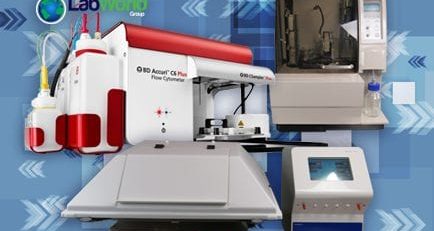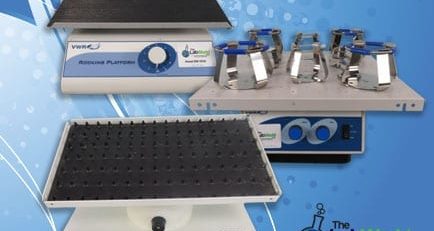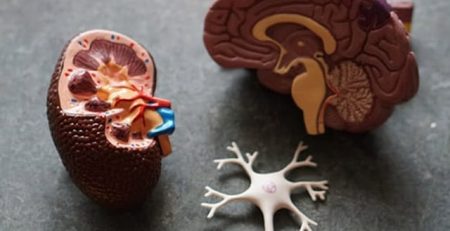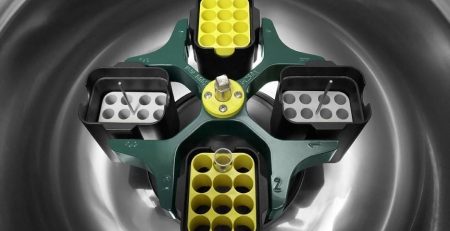Dissection Tools Making An Improvement
Scientists have been finding bones from centuries ago that have been dissected individuals. This shows how tools and autopsy techniques have improved over time. The work was presented at the annual AAAS meeting. Jenna Dittmar and Piers Mitchell from the University of Cambridge examined skeletal remains from those who were dissected and autopsied between the 1600s and the 1900s. They were collected from a few archaeological sites throughout the U.K. They were able to figure out the procedures that had been conducted, the instruments used, and how the bodies were disposed.
They would often find dismembered limbs and disembodied skulls. Many medical students have practiced on the body, it suggests. “There were so many students, they couldn’t all be given a single cadaver,” Dittmar says, according to the Guardian. “So they were given them in pieces. They might have a knee one day, an elbow another. As long as they dissected two complete bodies they could be medically licensed. It didn’t matter if it was in bits.” The team discovered what tools were used by the cuts on the bones. The instruments used resembled “woodworking tools” in the 1700s gradually became thinner and thinner, as the techniques improved.














